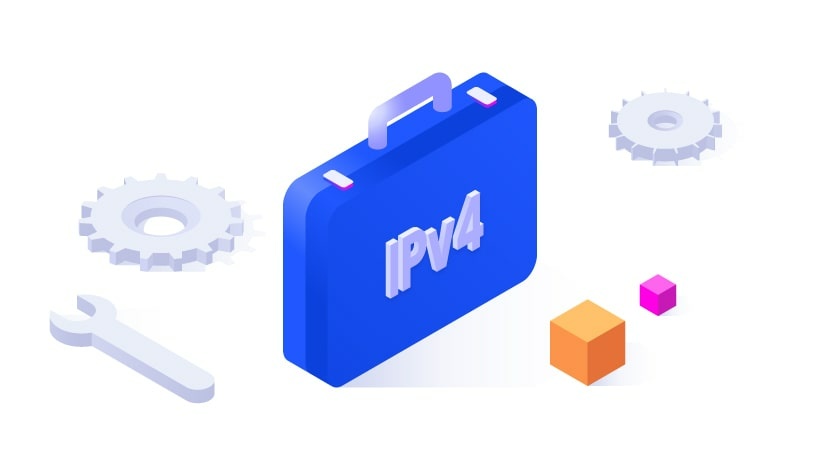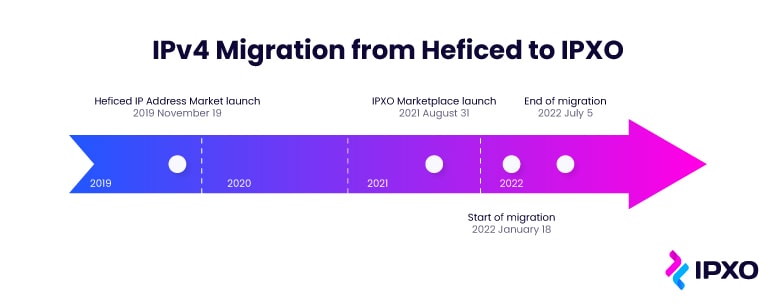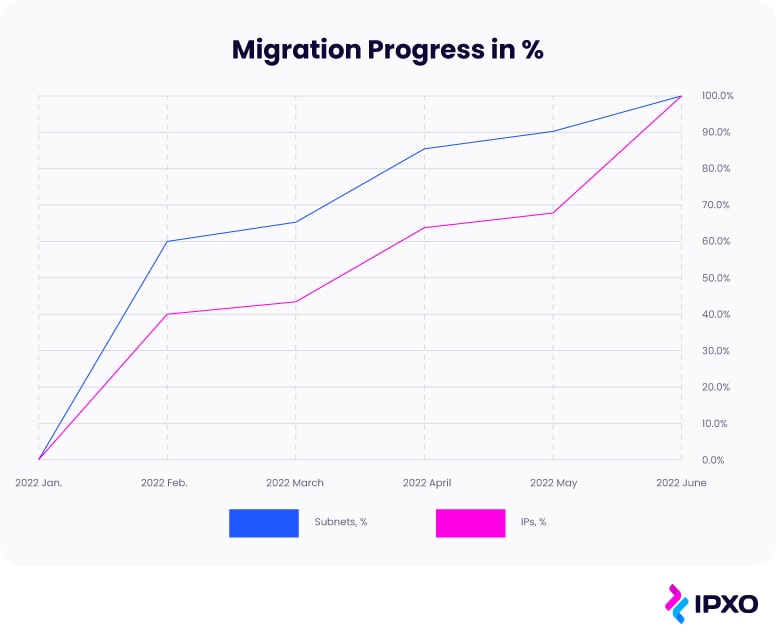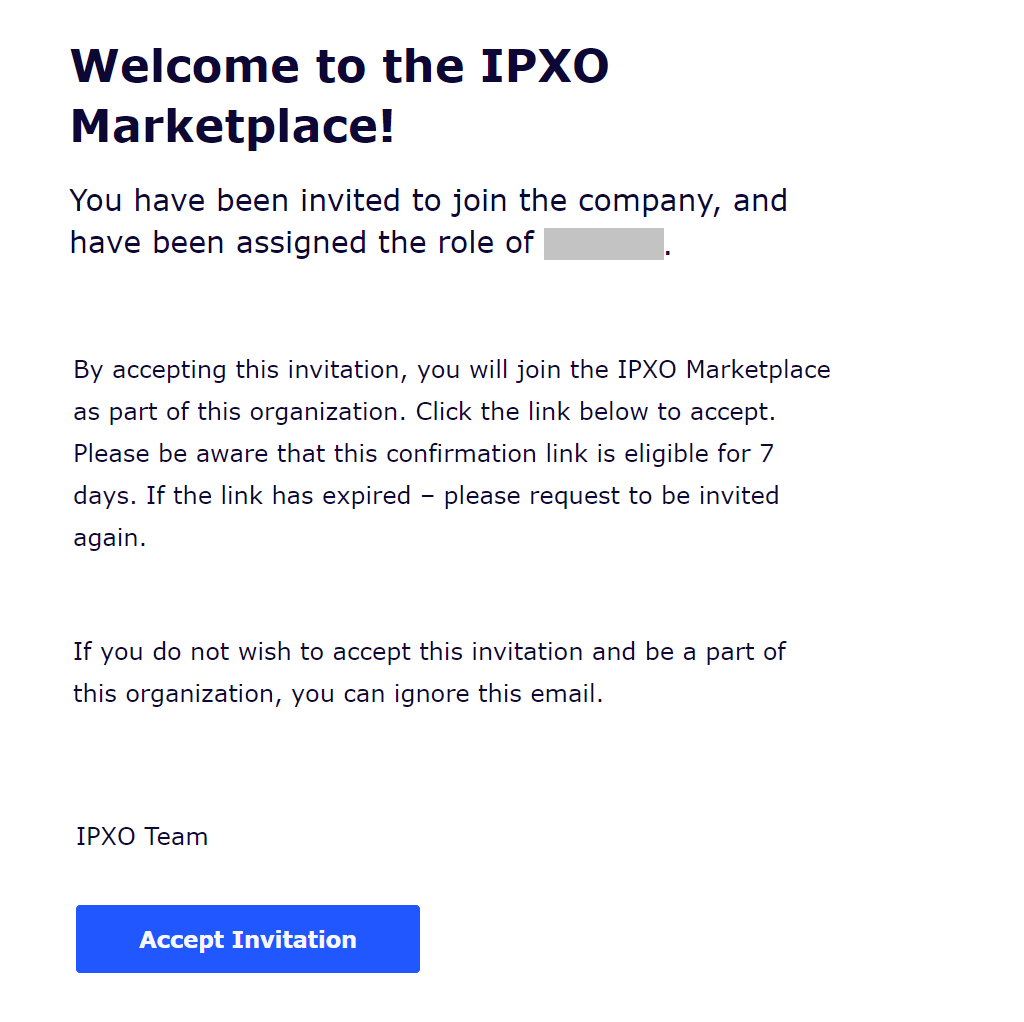Heficed IP Address Market to IPXO Marketplace: IP Migration is Complete!
7 min read
25 August 2022
Beatričė Raščiūtė
When we planned the migration of IP resources from the Heficed IP Address Market to the IPXO Marketplace, we couldn't have predicted how rewarding and interesting this challenge would be. Continue reading to learn all about the process.

About the author
Beatričė is a Technical Content Writer at IPXO. Having experience in translations, she decided to test new waters in the tech industry as a writer. While creating content, she dives deep into different internet and networking topics with the goal to present valuable information in the most reader-friendly way.
Table of contents
Related reading

12 September 2022 •
News,
Product Updates
IPXO Obtains ISO 27001 Certification for Full Compliance With the Best Information Security Practices
IPXO is 100% ISO 27001 certified. Discover what this certification means and how we achieved it.
Read more
15 June 2022 •
Product Updates
IPXO Platform Walkthrough
Discover how to start using the IPXO platform whether you are an IP lessor or IP lessee with this comprehensive walkthrough.
Read more
1 June 2022 •
IP Monetization,
Product Updates
IPXO Platform Payouts Explained
What are IPXO payouts? How do they work? How to set them up? Here are the answers to all of these essential questions.
Read moreSubscribe to the IPXO email and don’t miss any news!




